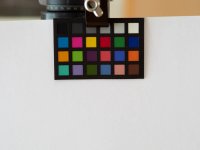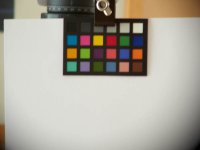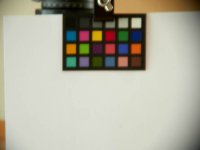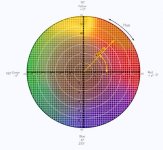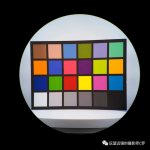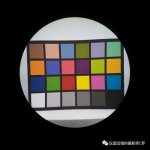But aren't these 'exact colours' only exact according to your vision, which may indeed be similar to the average vision or perhaps not?
No, I'm talking about calibration of a camera with a spectrophotometer and then measuring the pictures of something shot through the binoculars.
I am not trying to be argumentative
No problem on my side: we are just talking about something we are interested in.
but since reports based on human vision have mentioned no colour cast, a green one, a yellowish one, a blueish one and another mentions a tendency towards red-brown (but not a cast), it seems that relying on human vision has its problems.
Indeed. Human vision can vary and in the 1930s, one defined some "color spaces" based on its average.
And in the end any photos taken will not be reliable predictors of what other people may see.
Indeed but one can know if a optical instrument is really yellowish or blueis or whatever with no human eye involved in the process.
It will not stop people from seing what they are seing though.
Let me show an example:
First I shoot a white piece of paper and I ask the camera to use it as a white balance. All subsequent pictures will keep this reference as "pure white".
Then I shoot through the Swaro Pure NL 8x42 and the Zeiss SF 8x32. The exposure is the same. Pictures are in this order: no binocular, Swaro, Zeiss.
And I compare the 3 pictures and measure the white in the Lab color space.
As expected, the original is a=0, b=0 meaning pure white.
Swaro is a=-1 b=3 meaning just a tiny bit of green (-1) and slightly more yellow (+3)
Zeiss is a=-2 b=6: the tint is the same as the Swaro but bigger.
If you look at the chromatic wheel, you will see that a bit the the left and more up means a brown/yellow tint and someone may see some green.




